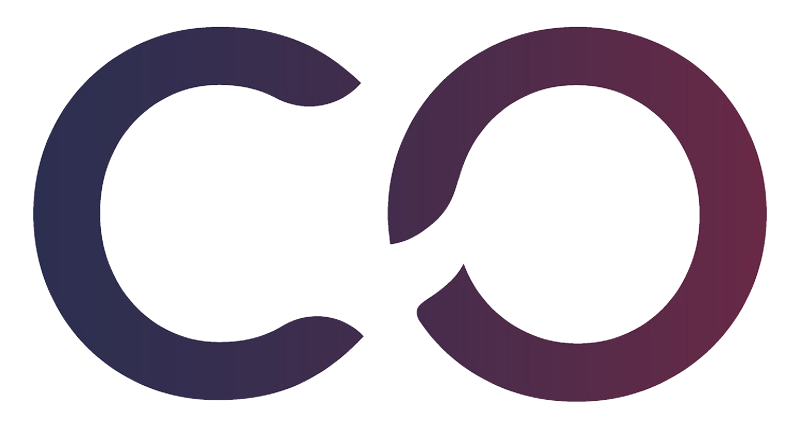Automatic translation based on artificial intelligence (AI) is developing at an astounding pace. Needless to say, its performance developments in just three or four months are more complex and advanced compared to its progress a couple of years back. Google and Korean company Naver are accelerating AI translation performance by collecting vast amounts of linguistic data and jargon. Given this development, let’s look at four reasons AI translation can replace human translation and one reason it can’t.
First, AI translation is capable of accumulating technology.
At birth, every human being mouths the word “mama” at the beginning of language acquisition, and when life comes to an end, so does all the language knowledge one has acquired. The next generation will start a language journey anew from the word “mama.” In AI translation, the collected language data and the technology to process them can be transferred 100%, and future generations can develop better technology accordingly. In addition, AI translation can be jointly developed and easily transplanted or pooled from various areas of expertise. Keep repeating this process, and the level of AI translation can trump that of humans.
Second, computing power is advancing.
Currently, learning AI translation is done through neural machine translation (NMT) for vast amounts of language data to find correlations (patterns) between the original text and the translated text. To do this, a high-performance graphics card is
installed. You need one computer, but you cannot count on it to yield outputs as fast as it does for run-of-the-mill tasks. Depending on the amount of data, it takes days or weeks to complete the calculation or, in other words, test it once and see the results. In line with this, Google recently announced that a mathematical operation that would take 10,000 years with a conventional supercomputer could be solved in 200 seconds using a quantum computer called “Sycamore.” If you use this to perform AI translation calculations, you will get a trained engine almost as soon as you input data. Such a leap in computing power leads to the emergence of AI, which can learn almost unlimited data in a short time.
Third, AI translation can collect and utilize vast amounts of data.
In 1 minute of writing a sentence, 550 new users are on social media, about 500,000 tweets are generated, and 400 hours of video are uploaded to YouTube. By the following sentence, more than 500,000 new posts are published on Facebook, and about 136,000 photos are uploaded. In fact, there are 3.5 billion searches every minute on Google. Through these activities, we generate 2.5 quintillion bytes of information every day. When it comes to humans, reading even one book a day, let alone acquiring the information pouring out in modern society, remains difficult, if not impossible. Because computers can learn by crawling all this information, assuming that the ability to translate is proportional to the information a computer has learned, humans can never surpass computers.
Fourth, AI translation generates an amount of information beyond human comprehension.
Our most skilled translators can manage 20–30 pages of translations per day. In general, 10 pages per day is considered a reasonable limit. At the company level, Lexcode banks on 1,000 translations daily to maintain sales of about USD 354,000 per month. But if a computer does this, a day or two would do with the current computing power. Human translation can’t handle the speed at which information is generated in modern society. Some say that humans translate and machines fill in the gaps, but it’s the other way around: machines translate, and humans fill in the gaps.
Despite these four reasons, there is one reason AI translation can’t replace human translation.
Machines can’t translate like humans.
 Screenshot from the film Parasite
Screenshot from the film Parasite
The above image shows a line from Parasite, a celebrated film since it hit the big screen in 2019. In this line, if “Seoul National University” were retained, as well as “Jjapaguri” (a combination Korean noodle dish), the film could have won foreign language film awards at major international film festivals.* It was even considered questionable how the film’s subtitle translator changed “Seoul National University” to Oxford, not “Harvard.” Although many wondered why the translator did not change it to the likes of Princeton or Tokyo University, one thing remains sure: you can “judge” that the context of these prestigious names is different.
Such judgments are not only formed based on a wide range of atypical data that machines can’t collect and learn, that is, personal experiences, knowledge, cultural background, history, international relations, etc., but also the intention to be achieved through this dialogue. Indeed, such nuances are but one part of an area that can’t be mastered by computers, even if we tried forever with the current AI method that maps the correlation between languages to find rules. It is much more difficult for a computer to understand the context of a single line thrown by an actor living in the semi-underground than to learn the rules through hundreds of thousands of notations.
*Needless to say, Parasite still ended up winning many awards, including Best Picture at the Oscars.
Such a case may not be special, but this movie is too iconic not to have had these lines raise eyebrows. Sometimes, a single line off the mark results in an ineffective translation. For example, regarding a project Lexcode had with the Korea Tourism Organization, thousands of terms for domestic food, cultural assets, and tourist destinations are translated annually through this process.

A project with the Korea Tourism Organization to improve a foreign-language tourism information display
Human translation and AI translation—asking which is better is invalid from the very framing of the question. What would you say if you were asked which color
between red and blue on the Taegeukgi (the flag of South Korea) is better? Language is a means of collectively expressing human knowledge, experience, and emotions. Among them, there are certain areas where machines can excel, so we must entrust them to machines. Likewise, there are areas that only human agency can claim. For the optimal translation process, machines and humans need to work together.

Ham Chul Young,
CEO of Lexcode
[email protected]

